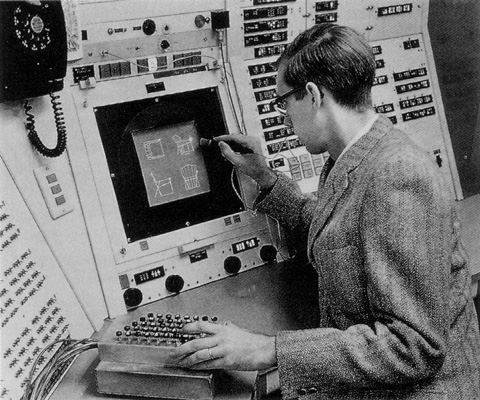by Gabe Johnson
Comments: Chris
This paper talks about Picturephone, a sketching game that was mentioned in a previous paper. Picturephone is a game inspired by the telephone children's game in which a message is passed down a line of people by whispering one person at a time. The message usually changes drastically and in some cases can wind up being totally different from the original message.
For example, the original message might be, "Marty took a drink of water," and after one pass might change to "Marty drank some water." Eventually it might become "Marty took a drink of soda" and inevitably will become "Marty was arrested for arson while not wearing pants" after one or two more passes.
Picturephone has the first user sketch the story. The second person then creates a new story based on the sketch. A third person then sketches the new story, and a third player sketches this story. The sketches are then compared and graded somehow. The sketches are also labeled in the process.
_______
This looks fun. I would like to play it. Who wants to play it with me? I would like to see what would happen if the sketch/story was repeated 20 times.










